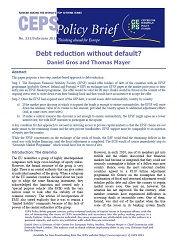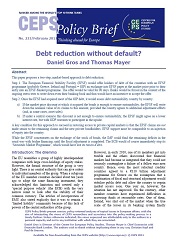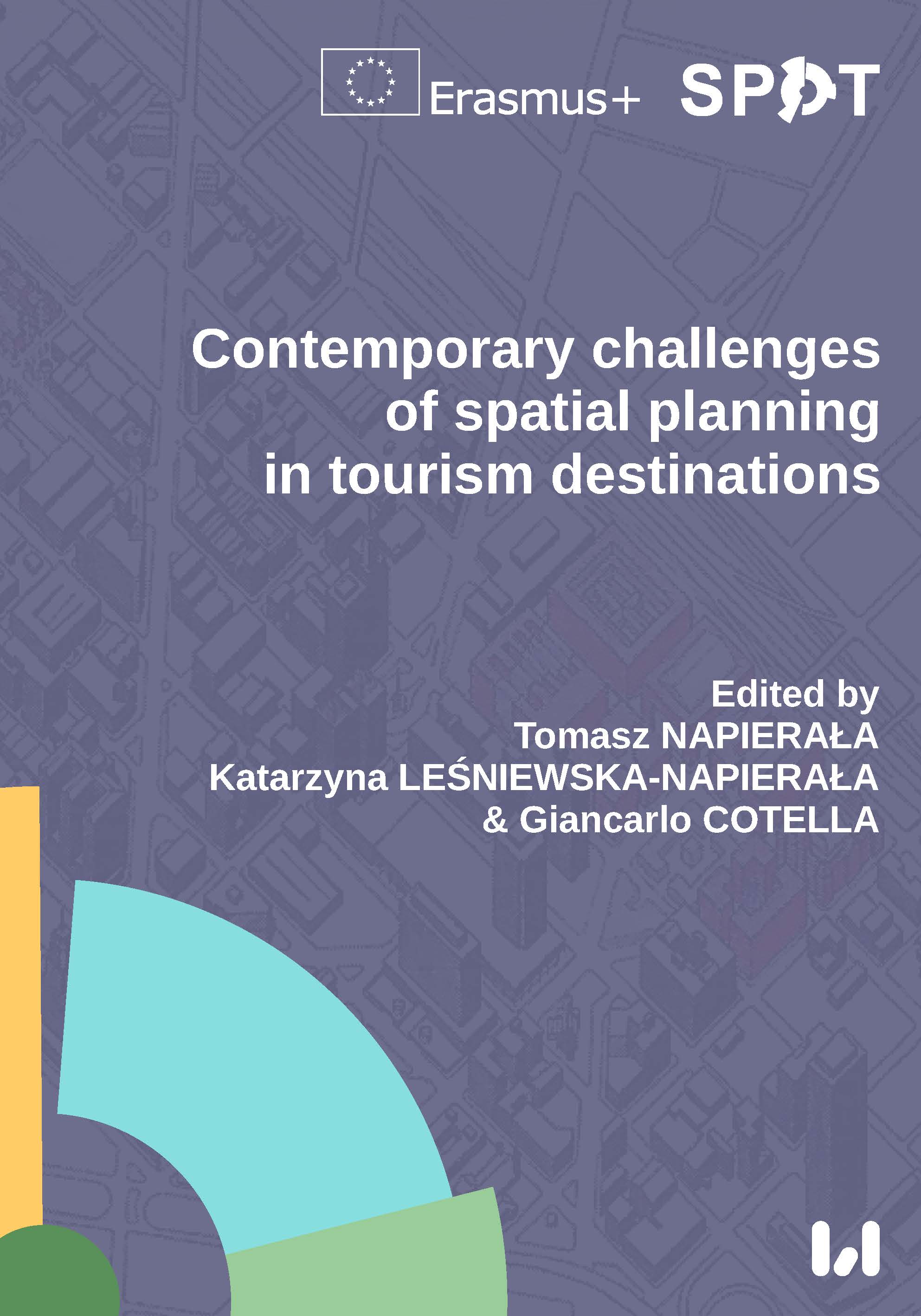
№226. National Commitments, Compliance and the Future of the Kyoto Protocol
Among the many unresolved issues on the agenda of the forthcoming UN climate change negotiations in Cancún is the issue of what will happen to the Kyoto Protocol, since at present, there will be no targets for green house (GHG) emissions from developed countries under the Protocol beyond 2012. To illuminate this aspect of the Protocol, this Policy Brief looks closer at the nature of the commitments and the compliance regime under the Kyoto Protocol. We argue that the compliance regime of the Protocol is not as robust as many of the Protocol’s supporters might think.
More...





